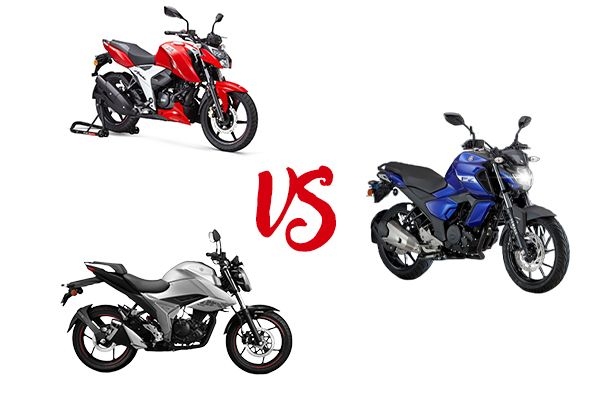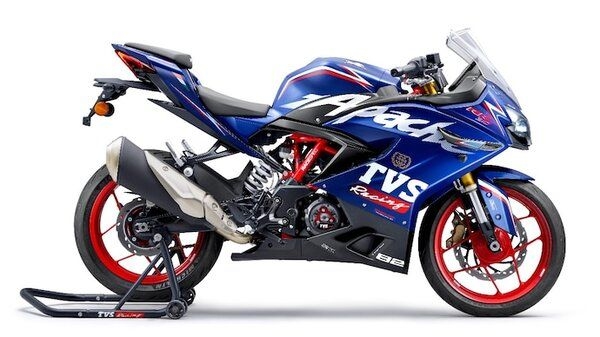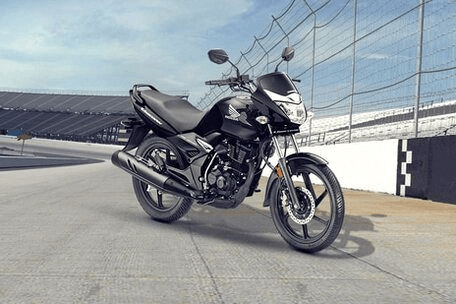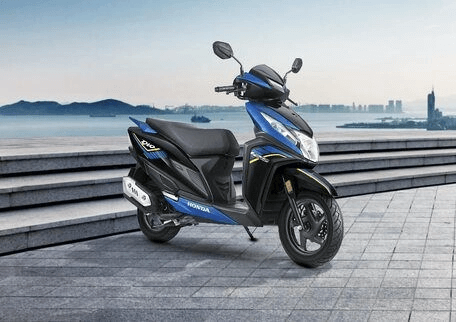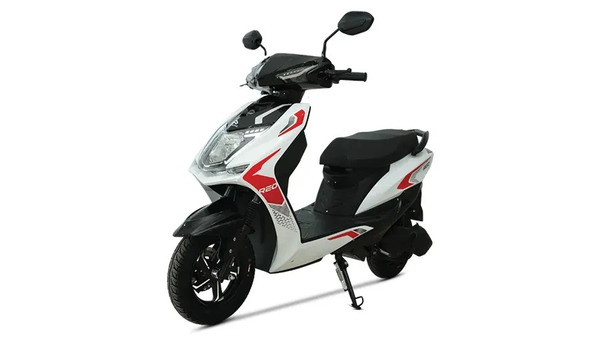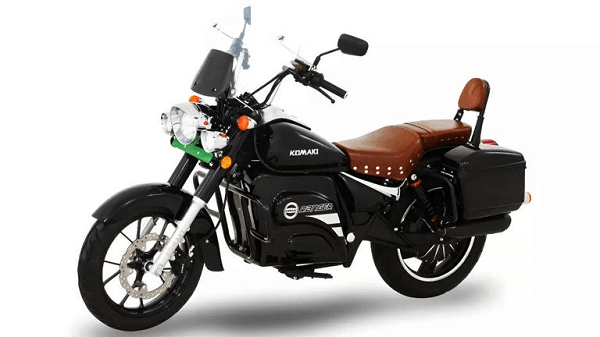Kawasaki Z650 has been dominating the middle-weight roadster segment for quite a long time. The tables turned when Honda made its entry into this segment by launching the CB650R. Recently, Triumph Motorcycles has also stepped into the 650cc segment by launching its highly-anticipated all-new Trident 660 at a tempting price. The new bike rivals the Kawasaki Z650 and Honda CB650R. Here we have compared the newly launched Triumph Trident 660 with the Honda CB650R and the long-time running Kawasaki Z650 in terms of price, features, chassis, and engine specifications.
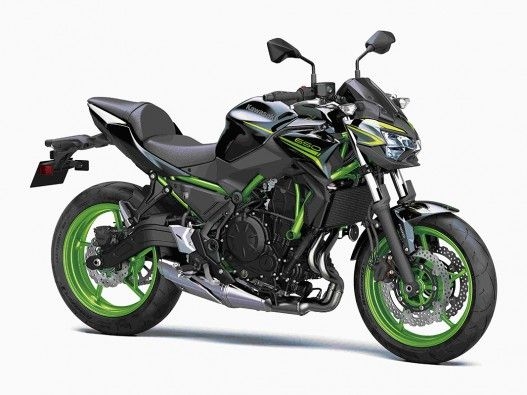
Triumph Trident 660 vs Honda CB650R vs Kawasaki Z650: Price in India
The Triumph Trident 660 is competitively priced at Rs 6.95 lakhs (ex-showroom) in comparison to its rivals. Trident 660’s price makes it the Triumph’s most affordable offering in the country. In contrast, Kawasaki Z650 remains the most affordable motorcycle here with the price standing at Rs 6.18 lakhs (ex-showroom). Honda CB650R is the most expensive offering here as it commands a price of Rs 8.67 lakhs (ex-showroom).
Triumph Trident 660 vs Honda CB650R vs Kawasaki Z650: Features
Triumph Motorcycle has recently launched the Trident 660. The motorcycle comes equipped with a myriad of features. The bike comes with full-LED lighting, traction control, dual-channel ABS, self-canceling indicators, and slip & assist clutch. The ride-by-wire tech enables two riding modes -Road and Rain. The bike also gets a fully digital instrument cluster that gives access to all the controls via the switchgear on the handlebar.
Talking about the Honda CB650R, it also comes with full-LED lighting. Besides this, the bike offers a slip & assist clutch, dual-channel ABS, traction control, and Honda Selectable Torque Control (HSTC). Instead of a TFT display, the CB650R features an LCD display.
Kawasaki Z650, on the other hand, is quite basic in comparison to the other two bikes on the feature front. It misses out on riding modes and traction control. But it does come with LED lighting and a 5-inch TFT display that includes smartphone connectivity. The unit can easily be connected to your phone via the Rideology app.
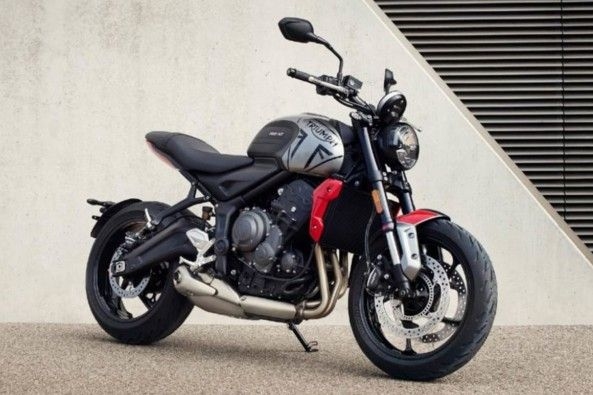
Triumph Trident 660 vs Honda CB650R vs Kawasaki Z650: Chassis
Triumph Trident 660 sits on a steel frame and a steel swingarm. Suspension duties are taken care of by a non-adjustable, 41mm Showa SFF upside-down fork upfront and a pre-load adjustable shock at the rear end. In terms of the brake, the bike falls back on the Honda. It gets Nissin-sourced axially-mounted dual-piston callipers with 310 mm discs upfront and a single 255 mm disc towards the rear.
Honda CB650R, on the other hand, uses a steel chassis with an aluminium swingarm. The suspension set up here includes a non-adjustable, 41mm USD Showa Separate Function Big Piston front fork and a pre-load adjustable rear mono-shock. The braking power comes from radially-mounted Nissin calipers with twin 310mm discs.
Meanwhile, the Kawasaki Z650 keeps things simple with the use of a trellis high-tensile strength steel frame. The bike features 41mm telescopic forks upfront and a pre-load adjustable mono-shock at the rear. Braking duties are taken care of by dual semi-floating 300mm front petal discs and a 220mm rear single disc.
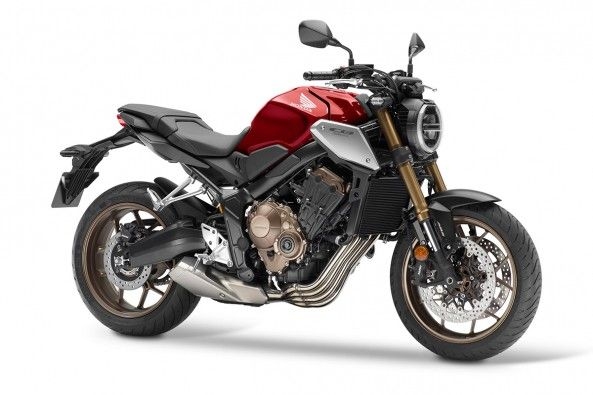
Triumph Trident 660 vs Honda CB650R vs Kawasaki Z650: Engine Specifications
The Triumph Trident 660 uses a 660cc engine that generates 81 bhp power and 64 Nm torque. Honda CB650R, on the other hand, is powered by a 648.7cc engine. It produces more power but less torque than the new Trident 660. However, the Triumph Trident’s power and torque both peak at a lower rpm than the cc.
While the least powerful offering in the segment, Kawasaki Z650 uses a 649cc engine that has been upgraded to meet the BS6 emission norms. Due to this, the bike comes with a revised exhaust and airbox. But it offers a notably lower power than its rivals. However, the torque output is at par with the Trident 660.

